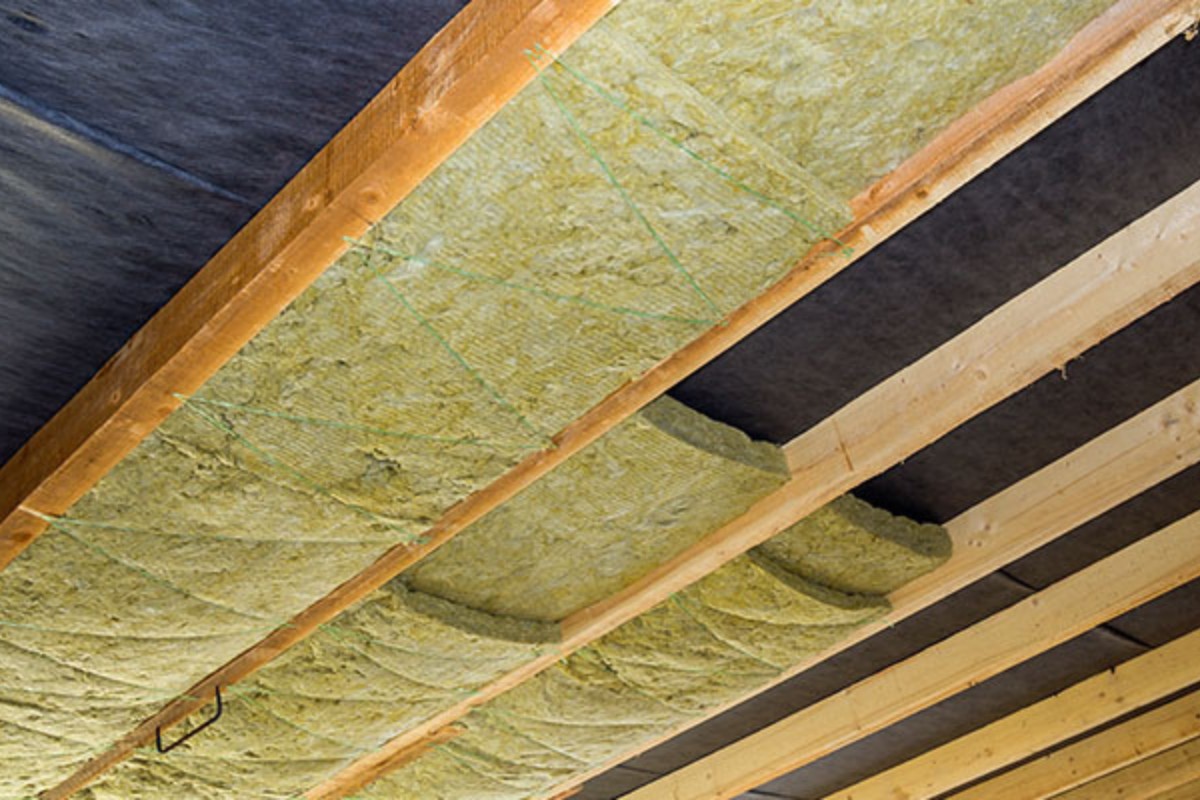

Articles
How Thick Should Insulation Be
Modified: February 23, 2024
Find out the ideal thickness for insulation in this informative article. Gain insights and tips on choosing the right thickness for your home's insulation.
(Many of the links in this article redirect to a specific reviewed product. Your purchase of these products through affiliate links helps to generate commission for Storables.com, at no extra cost. Learn more)
Introduction
When it comes to insulating your home or building, one important factor to consider is the thickness of the insulation. The right thickness plays a crucial role in maintaining optimal temperature control and energy efficiency. Insulation acts as a barrier against heat transfer, helping to keep your indoor spaces cool in the summer and warm in the winter.
However, determining the appropriate thickness of insulation can be a bit challenging, as it depends on various factors such as climate, building type, energy efficiency goals, and the chosen insulation material. In this article, we will explore the different considerations to keep in mind when deciding how thick your insulation should be.
Key Takeaways:
- Proper insulation thickness is crucial for energy efficiency and comfort. Factors like climate, building type, and material choice impact the required thickness. Consult professionals for tailored guidance.
- Thicker insulation is essential in extreme climates for optimal thermal control. Consider R-value, building type, and location to determine the right thickness. Seek expert advice for personalized solutions.
Read more: How Thick Should Insulation Be In Attic
Factors to Consider
When determining the thickness of insulation, there are several factors that need to be taken into account:
- Climate and Location: The climate and geographical location of your building are crucial factors in determining insulation thickness. If you live in a region with extreme temperatures, you will need thicker insulation to ensure efficient thermal insulation throughout the year. Areas with colder climates will require more insulation, while areas with milder climates may need less.
- Building Type and Use: The type of building and how it is used can influence the required insulation thickness. Residential homes, commercial buildings, and industrial facilities each have unique insulation needs. For example, a large warehouse may need thicker insulation to maintain consistent temperatures, while a residential home may require less insulation but still benefit from energy savings.
- Energy Efficiency Goals: Your energy efficiency goals should play a significant role in determining insulation thickness. If you aim to achieve a high level of energy efficiency, you will likely need thicker insulation to minimize heat loss or gain. On the other hand, if energy efficiency is not a top priority, you may opt for thinner insulation.
- Insulation Material: The type of insulation material you choose will also impact the required thickness. Different insulation materials have varying thermal conductivity properties, influencing the overall insulation effectiveness. It is important to consult with insulation manufacturers or professionals to determine the appropriate thickness for the chosen material.
By considering these factors, you can make informed decisions about the thickness of insulation for your specific needs. Remember, it is always recommended to work with insulation experts or professionals who can provide accurate guidance and calculations based on your unique circumstances.
Climate and Location
The climate and geographical location of your building are key factors in determining the appropriate thickness of insulation. Understanding the climate and weather patterns in your area is essential for creating a comfortable and energy-efficient indoor environment.
In regions with extreme temperatures, such as areas with harsh winters or scorching summers, thicker insulation is typically required. This is because extreme temperatures can result in greater heat transfer, making it harder to maintain a comfortable temperature inside the building. Thicker insulation helps to minimize heat loss in colder climates and heat gain in hotter climates.
If you live in a milder climate, you may not require as much insulation thickness. However, it is still important to consider energy efficiency and thermal comfort. Even in areas with mild climates, there can still be temperature fluctuations throughout the year, so having an adequate level of insulation can help regulate indoor temperatures and reduce the reliance on heating or cooling systems.
In addition to the climate, the specific location of your building can also impact insulation thickness. Factors such as altitude, proximity to bodies of water, and prevailing winds can influence the temperature and weather conditions. For example, buildings located in coastal areas may experience higher humidity levels, which can affect the choice and thickness of insulation materials.
It is worth noting that building codes and regulations may also provide specific guidelines for insulation thickness based on climate zones. These codes are usually designed to ensure energy efficiency and occupant comfort. Therefore, it is important to consult local building codes or insulation professionals who are knowledgeable about the requirements in your area.
By considering the climate and location of your building, you can determine the appropriate thickness of insulation to optimize energy efficiency and create a comfortable indoor environment. Thicker insulation in areas with extreme temperatures or specific weather conditions can help provide better thermal insulation and contribute to long-term energy savings.
Building Type and Use
The type of building and its intended use are crucial factors to consider when determining the appropriate thickness of insulation. Different building types have unique insulation needs based on factors such as occupancy, function, and the presence of specialized equipment.
Residential buildings, such as single-family homes, apartments, and condominiums, typically require a certain level of insulation thickness to ensure occupant comfort and energy efficiency. The recommended thickness may vary depending on factors such as the climate, building design, and local building codes. It is important to consider the R-value (thermal resistance) requirements for residential buildings and consult professionals to determine the appropriate insulation thickness.
In commercial buildings, such as offices, retail spaces, and educational institutions, insulation needs may vary depending on the building’s size, occupancy, and intended use. Larger commercial buildings often have more complex HVAC systems and may require thicker insulation to maintain proper indoor temperatures and reduce energy consumption. Factors like the types of equipment used and the hours of operation can affect the insulation requirements.
Industrial facilities, including factories and warehouses, have specific insulation needs due to their unique operational requirements. These buildings often have large open spaces, high ceilings, and specialized equipment that may generate heat or require specific temperature control. Thicker insulation is typically necessary to ensure efficient temperature regulation, prevent heat loss, and reduce energy costs.
When considering insulation thickness, it is also important to factor in the function of the different areas within a building. For example, areas such as storage rooms or utility spaces that require minimal heating or cooling may not need as much insulation thickness as occupied spaces like offices or living areas.
Keep in mind that retrofitting existing buildings with insulation may present additional challenges and considerations. It is advisable to consult with insulation professionals who can assess the building’s current insulation and recommend the appropriate thickness based on the building type and use.
Overall, the type of building and its intended use have a significant impact on the required insulation thickness. By evaluating the specific needs of your building, you can determine the optimal insulation thickness that balances energy efficiency, occupant comfort, and building functionality.
Energy Efficiency Goals
When determining the appropriate thickness of insulation, it is essential to consider your energy efficiency goals. Energy efficiency measures aim to reduce energy consumption and minimize environmental impact while maintaining comfort and cost-effectiveness.
Higher energy efficiency goals typically require thicker insulation to achieve optimal thermal performance. Thicker insulation helps to minimize heat transfer through walls, ceilings, and floors, reducing the need for artificial heating or cooling. By creating a well-insulated building envelope, you can effectively control indoor temperatures and reduce energy waste.
In addition to reducing energy consumption, thicker insulation can also contribute to significant cost savings over time. Although the upfront cost of thicker insulation may be higher, the long-term energy savings can outweigh the initial investment. Thicker insulation helps to maintain a consistent indoor temperature, reducing the workload on HVAC systems and lowering energy bills.
Furthermore, thicker insulation can enhance the overall sustainability of a building by reducing greenhouse gas emissions associated with energy usage. By reducing the demand for heating and cooling, buildings with thicker insulation can minimize their environmental footprint and contribute to a greener future.
It is important to note that energy efficiency goals may vary depending on your individual priorities and circumstances. Some homeowners or building owners may prioritize energy savings and environmental impact, whereas others may focus on maximizing comfort or complying with specific energy efficiency regulations.
Consulting with energy efficiency experts or professionals who specialize in insulation can provide valuable insights and calculations to help you determine the appropriate insulation thickness based on your specific energy efficiency goals. They can also guide you in selecting insulation materials and systems that best align with your objectives.
By setting clear energy efficiency goals, you can make informed decisions about the thickness of insulation to optimize energy performance, reduce operating costs, and contribute to a more sustainable future.
Read more: How Thick Should Foam Board Insulation Be
Insulation Material
The selection of insulation material is a critical factor when determining the appropriate thickness of insulation. Different insulation materials have varying thermal conductivity properties, which directly impact their effectiveness in reducing heat transfer.
There are various insulation materials available, each with its own set of advantages and disadvantages. Let’s explore some commonly used insulation materials:
- Fiberglass: Fiberglass insulation is one of the most popular and widely used insulation materials. It is made of fine glass fibers and is available in rolls, batts, or loose-fill form. Fiberglass insulation has excellent thermal resistance and is relatively affordable. The required thickness of fiberglass insulation may vary, depending on the specific product and desired thermal performance.
- Cellulose: Cellulose insulation is made of recycled paper treated with fire retardants. It is available in loose-fill form and can be blown into walls, attics, and floors. Cellulose insulation has good thermal performance and is an eco-friendly option. The thickness of cellulose insulation is typically specified to achieve a desired R-value.
- Spray Foam: Spray foam insulation is a versatile option that expands into a foam and fills gaps and cavities. It provides excellent thermal barrier properties and effectively seals air leaks. The thickness of spray foam insulation can vary based on the desired insulation level and the specific foam type used.
- Polyurethane: Polyurethane insulation is a high-performance insulation material known for its exceptional thermal resistance. It can be applied as spray foam or in rigid board form. The thickness of polyurethane insulation depends on its intended application and the desired level of insulation effectiveness.
- Mineral Wool: Mineral wool insulation, also known as rock wool or slag wool, is made from mineral fibers and offers good thermal and acoustic insulation properties. It is available in batts, rolls, or loose-fill form. The thickness of mineral wool insulation can vary based on the product and the desired thermal resistance.
Other insulation materials, such as reflective foil insulation, rigid foam boards, and natural materials like sheep’s wool or cork, may also be used, each with their own specific thickness requirements.
It is important to consult with insulation manufacturers, professionals, or contractors who can provide guidance on the appropriate thickness for the specific insulation material you choose. They can consider factors such as the desired R-value and local building codes to ensure effective insulation performance.
By selecting the right insulation material and considering its specific thickness requirements, you can optimize the thermal performance of your building and contribute to energy efficiency and comfort.
Insulation R-Value
The R-value of insulation is a critical factor to consider when determining the appropriate thickness. The R-value measures the thermal resistance of insulation, indicating its ability to resist heat flow. A higher R-value indicates better insulation performance.
Each insulation material has its own specific R-value per inch. For example, fiberglass insulation commonly has an R-value of approximately 3.5 per inch, while spray foam insulation can have an R-value of 6-7 per inch. The R-value of cellulose insulation can range from 3.2 to 3.8 per inch, depending on its density.
To calculate the required thickness of insulation, you can use the formula:
Thickness (in inches) = Desired R-value / R-value per inch
For example, if you aim for an R-value of 30 in your insulation and you are using fiberglass insulation with an R-value of 3.5 per inch, the calculation would be:
Thickness = 30 / 3.5 ≈ 8.57 inches
In this case, the required thickness of fiberglass insulation would be approximately 8.57 inches to achieve the desired R-value.
It is important to note that the R-value requirements may vary depending on building codes, climate zones, and energy efficiency standards. Local building regulations often specify minimum R-values for different areas of the building envelope, including walls, roofs, and floors.
It is recommended to consult with insulation professionals, contractors, or local building authorities to ensure compliance with applicable codes and to determine the appropriate insulation R-value for your specific building and region.
By understanding the insulation R-value and its relationship with thickness, you can ensure that your insulation meets or exceeds the desired thermal performance requirements for your building.
The recommended thickness for insulation in a home depends on the climate and location. In colder climates, the insulation should be thicker, while in milder climates, a thinner layer may suffice. It’s important to consult local building codes and energy efficiency guidelines to determine the appropriate thickness for your specific location.
Wall Insulation Thickness
Wall insulation plays a crucial role in maintaining the energy efficiency and comfort of a building. The thickness of wall insulation depends on various factors, including the chosen insulation material, the desired R-value, and the available space within the wall cavity.
When determining wall insulation thickness, it is important to consider the recommended R-value for your climate zone and building type. Higher R-values are generally desired for better thermal performance. The R-value requirements may be specified by local building codes or energy efficiency regulations.
The available space within the wall cavity will also influence the thickness of insulation that can be installed. In new construction or during renovations, it is advisable to design wall cavities with sufficient space to accommodate the desired insulation thickness. Wider cavities provide more room for thicker insulation, resulting in better thermal resistance.
The choice of insulation material will impact the recommended thickness for wall insulation. Materials such as fiberglass, cellulose, spray foam, and rigid foam have different R-values per inch. Consult with insulation manufacturers or professionals to determine the appropriate insulation thickness based on the specific material and desired R-value.
In some cases, it may not be feasible to increase the thickness of wall insulation due to space limitations or architectural constraints. In such situations, alternative insulation methods, such as adding an additional layer of insulation on the exterior or interior of the wall, may be considered to improve thermal performance.
It is worth noting that insulating exterior walls alone may not be sufficient for optimal energy efficiency. Insulating interior walls, particularly in shared spaces or rooms with specific heating or cooling requirements, can further enhance thermal comfort and reduce energy consumption.
When installing wall insulation, it is essential to follow the manufacturer’s guidelines and recommended installation techniques to ensure proper coverage and effectiveness. Proper air sealing of the wall cavity is also crucial to prevent air leakage, which can reduce the insulation’s performance.
In summary, the thickness of wall insulation should be determined based on factors such as the desired R-value, available space within the wall cavity, chosen insulation material, and building codes or regulations. Consulting with insulation professionals can provide valuable insights and recommendations specific to your building’s needs.
Roof Insulation Thickness
Roof insulation is essential for maintaining a comfortable indoor environment and improving energy efficiency. The thickness of roof insulation depends on various factors, including the chosen insulation material, the desired R-value, and the available space within the roof structure.
When determining roof insulation thickness, it is important to consider the recommended R-value for your climate zone and building type. Higher R-values are generally desired for better thermal performance. The R-value requirements may be specified by local building codes or energy efficiency regulations.
The available space within the roof structure will impact the thickness of insulation that can be installed. In new construction or during roof renovations, it is advisable to design roof structures with sufficient space to accommodate the desired insulation thickness. Adequate space allows for thicker insulation, which enhances the thermal resistance and energy efficiency of the roof.
The choice of insulation material affects the recommended thickness for roof insulation. Materials like sprayed polyurethane foam, fiberglass, cellulose, and rigid foam have different R-values per inch. Consult with insulation manufacturers or professionals to determine the appropriate insulation thickness based on the specific material and desired R-value.
In some cases, the existing roof structure may not allow for a significant increase in insulation thickness due to space limitations. In such situations, alternative insulation methods, such as adding insulation layers on top of the existing roof covering or incorporating insulation between the roof trusses, can be considered to improve thermal performance.
Proper roof ventilation is crucial when installing roof insulation. Adequate ventilation helps to prevent moisture buildup and allows for proper airflow, which can enhance the effectiveness of insulation. Failure to provide proper ventilation can lead to dampness issues and compromise the insulation’s performance.
It is worth noting that different roof types, such as flat roofs, pitched roofs, or cathedral ceilings, may have specific insulation requirements. Consult with roofing and insulation professionals who can assess your roof’s structure and recommend the best insulation thickness and methods for your specific circumstances.
In summary, the thickness of roof insulation should be determined based on factors such as the desired R-value, available space within the roof structure, chosen insulation material, and building codes or regulations. Working with experienced professionals ensures that the roof insulation provides optimal thermal performance and energy efficiency for your building.
Floor Insulation Thickness
Floor insulation is an important component in maintaining thermal comfort and energy efficiency within a building. The thickness of floor insulation depends on several factors, including the insulation material, desired R-value, and the type of flooring system.
When determining the thickness of floor insulation, it is crucial to consider the recommended R-value for your climate zone and building type. The R-value indicates the insulation’s ability to resist heat flow, with higher R-values providing better thermal performance. Local building codes or energy efficiency regulations may specify minimum R-value requirements for floors.
The chosen insulation material plays a significant role in determining the appropriate thickness. Common floor insulation materials include fiberglass, cellulose, rigid foam boards, and sprayed foam insulation. Each material has its own R-value per inch, and the required thickness will depend on achieving the desired R-value to meet local requirements or energy efficiency goals.
The type of flooring system also affects the thickness of floor insulation. For suspended floors or floors with crawl spaces, insulation can be placed between the floor joists to improve thermal performance. In some cases, rigid foam boards may be installed directly on top of the subfloor before the final flooring is laid. For concrete slab floors, insulation can be placed under the slab or on top of it, depending on the construction method and design considerations.
It is important to choose the right insulation material and thickness based on the specific needs and requirements of your building. Consult with insulation professionals or contractors who can assess your floor structure and recommend the most suitable insulation thickness for your situation.
In addition to thermal comfort, it is also important to consider other factors when insulating floors, such as acoustic insulation and moisture resistance. Some insulation materials provide soundproofing benefits, which can help reduce noise transfer between floors. Moisture-resistant insulation may be necessary in areas prone to dampness or water infiltration.
Proper installation is crucial to ensure the effectiveness of floor insulation. Insulation boards or batts should be placed tightly together to minimize gaps and thermal bridging. Vapor barriers or damp-proof membranes may be required to control moisture migration.
By selecting the appropriate insulation material and thickness for your floor, you can enhance thermal comfort, reduce energy consumption, and create a more sustainable and energy-efficient living or working environment.
Cavity Insulation Thickness
Cavity insulation refers to the insulation installed within the wall cavities of a building. The thickness of cavity insulation plays a crucial role in improving the thermal performance and energy efficiency of the walls. It helps to reduce heat transfer through the walls and maintain a comfortable indoor environment.
The recommended thickness of cavity insulation depends on various factors, including the chosen insulation material, the desired R-value, and the width of the wall cavity itself. The R-value indicates the insulation’s ability to resist heat flow, with higher values offering better insulation performance.
When determining the thickness of cavity insulation, it is important to consult with insulation manufacturers or professionals who can provide guidance based on the specific material used. Different insulation materials have varying thermal conductivities and R-values per inch, which impact the required thickness.
In many cases, the width of the wall cavity will dictate the maximum thickness of insulation that can be installed. Most standard wall cavities in residential buildings have widths ranging from 2 to 4 inches. If the cavity is too narrow, it may not be possible to install insulation with a very high R-value. Building codes and regulations may also provide guidelines on the minimum required insulation thickness for cavity walls.
The process of installing cavity insulation involves filling the empty space between the inner and outer walls with insulation material. Insulation materials commonly used for cavity insulation include mineral wool, fiberglass, or foam insulation. The chosen material should have the appropriate R-value per inch to achieve the desired overall R-value for the wall.
It is essential to ensure proper installation of cavity insulation to maximize its effectiveness. This includes achieving full coverage within the wall cavities, avoiding gaps or voids that could compromise the insulation’s performance. Experienced insulation professionals should be consulted to ensure the insulation is installed correctly and that any special considerations, such as fire safety or moisture control, are addressed.
Finally, it is crucial to note that cavity insulation is typically installed during the construction or renovation phase of a building. Retrofitting cavity insulation into existing walls can be more challenging and may require professional assessment to determine feasibility and appropriate methods.
By considering the insulation material, desired R-value, and width of the wall cavity, you can determine the appropriate thickness of cavity insulation to enhance thermal performance, energy efficiency, and overall comfort within your building.
Attic Insulation Thickness
Attic insulation is crucial for maintaining energy efficiency and temperature control within a building. The thickness of attic insulation plays a significant role in preventing heat transfer through the roof and ensuring the overall effectiveness of the insulation.
When determining the appropriate thickness of attic insulation, several factors need to be considered, including the chosen insulation material, the desired R-value, and the available space within the attic.
The recommended R-value for attic insulation depends on your climate zone and building specifications. Higher R-values provide better thermal resistance and energy efficiency. Local building codes or energy efficiency regulations often specify minimum R-values for attic insulation based on the climate zone.
The chosen insulation material will impact the recommended thickness for attic insulation. Common materials used for attic insulation include fiberglass, blown-in cellulose, spray foam, and mineral wool. Each material has a different R-value per inch, which will determine the required thickness to achieve the desired overall R-value.
The available space within the attic is another crucial factor to consider. In some cases, limited headroom or the presence of obstructions such as HVAC equipment or ductwork may restrict the maximum thickness of insulation that can be installed. It is important to ensure proper airflow channels for ventilation and to avoid compressing insulation, which can reduce its effectiveness.
In regions with colder climates, thicker attic insulation is often recommended to minimize heat loss and maintain a comfortable indoor temperature. Thicker insulation can also help to prevent ice damming and reduce the risk of moisture damage in the attic.
Proper installation of attic insulation is essential for achieving maximum thermal performance. Insulation should be installed evenly and without any gaps or voids that could compromise its effectiveness. It is recommended to consult with insulation professionals to ensure proper installation techniques are followed.
In addition to insulation thickness, it is important to consider other factors that can impact attic performance, such as air sealing and ventilation. Air sealing the attic space and providing proper ventilation can prevent the transfer of air and moisture, further enhancing the efficiency and durability of the insulation.
By considering the insulation material, desired R-value, and available attic space, you can determine the appropriate thickness of attic insulation to optimize energy efficiency, reduce heating and cooling costs, and create a more comfortable living environment.
Basement Insulation Thickness
Basement insulation is vital for maintaining energy efficiency, moisture control, and overall comfort within a building. The thickness of basement insulation plays a key role in creating a well-insulated and comfortable basement environment.
When determining the appropriate thickness of basement insulation, several factors need to be considered, including the chosen insulation material, the desired R-value, and the specific conditions in the basement.
The recommended R-value for basement insulation depends on your climate zone and building specifications. Higher R-values provide better thermal resistance and energy efficiency. Local building codes or energy efficiency regulations often specify minimum R-values for basement insulation based on the climate zone.
The chosen insulation material will impact the recommended thickness for basement insulation. Common materials used for basement insulation include rigid foam boards, spray foam, mineral wool, and fiberglass. Each material has a different R-value per inch, which will determine the required thickness to achieve the desired overall R-value.
The specific conditions in the basement, such as moisture levels and the presence of water intrusion, are important considerations for insulation. In areas prone to moisture or wetness, it is crucial to choose insulation materials that are resistant to water damage and to incorporate proper moisture control measures such as vapor barriers.
For basement walls, the insulation can be installed either on the interior or the exterior side. The thickness of insulation will depend on the specific construction method chosen. For interior basement insulation, rigid foam boards are often used, and the recommended thickness is typically determined by the desired R-value and available space. For exterior basement insulation, the thickness may be determined by factors such as the insulation material used, soil conditions, and water protection requirements.
In addition to wall insulation, basement floor insulation is also important for thermal performance. The thickness of floor insulation will depend on the chosen material, the desired R-value, and any specific requirements for moisture control or insulation system compatibility.
Proper installation techniques should be followed to ensure the effectiveness of basement insulation. This includes achieving proper coverage, sealing any gaps or joints, and integrating insulation with vapor barriers or moisture management systems as needed.
Consulting with insulation professionals or contractors experienced in basement insulation is highly recommended, as they can evaluate the specific conditions of your basement and recommend the appropriate insulation thickness and installation methods.
By considering the insulation material, desired R-value, and specific basement conditions, you can determine the appropriate thickness of basement insulation to optimize energy efficiency, moisture control, and overall comfort within your building.
Conclusion
Determining the appropriate thickness of insulation is a crucial step in creating an energy-efficient and comfortable living or working environment. The decision should be based on a careful consideration of various factors, including climate and location, building type and use, energy efficiency goals, insulation material, and the specific area of insulation.
Considering the climate and location of your building is essential in determining the right insulation thickness. Areas with extreme temperatures may require thicker insulation to combat heat transfer. Building type and use also play a role, as different types of buildings have different insulation needs. Energy efficiency goals should guide the decision-making process, as higher energy efficiency goals often require thicker insulation to minimize heat loss or gain.
The choice of insulation material is critical, as different materials have different thermal conductivity properties. Understanding the R-value of insulation materials helps to determine the required thickness for achieving desired thermal resistance. Insulation thickness for specific areas, such as walls, roofs, floors, attics, basements, and cavities, should be determined based on relevant factors and considerations.
In conclusion, proper insulation thickness is vital to achieving energy efficiency, maintaining optimal indoor temperatures, and reducing heating and cooling costs. It is advisable to consult with insulation professionals or contractors who can assess your building’s specific needs and provide guidance on the most suitable insulation thickness and materials.
By taking the time to evaluate the relevant factors and making informed decisions, you can ensure that your insulation is appropriately thick and maximizes the benefits of energy efficiency, savings, and comfort in your home or building.
Frequently Asked Questions about How Thick Should Insulation Be
Was this page helpful?
At Storables.com, we guarantee accurate and reliable information. Our content, validated by Expert Board Contributors, is crafted following stringent Editorial Policies. We're committed to providing you with well-researched, expert-backed insights for all your informational needs.
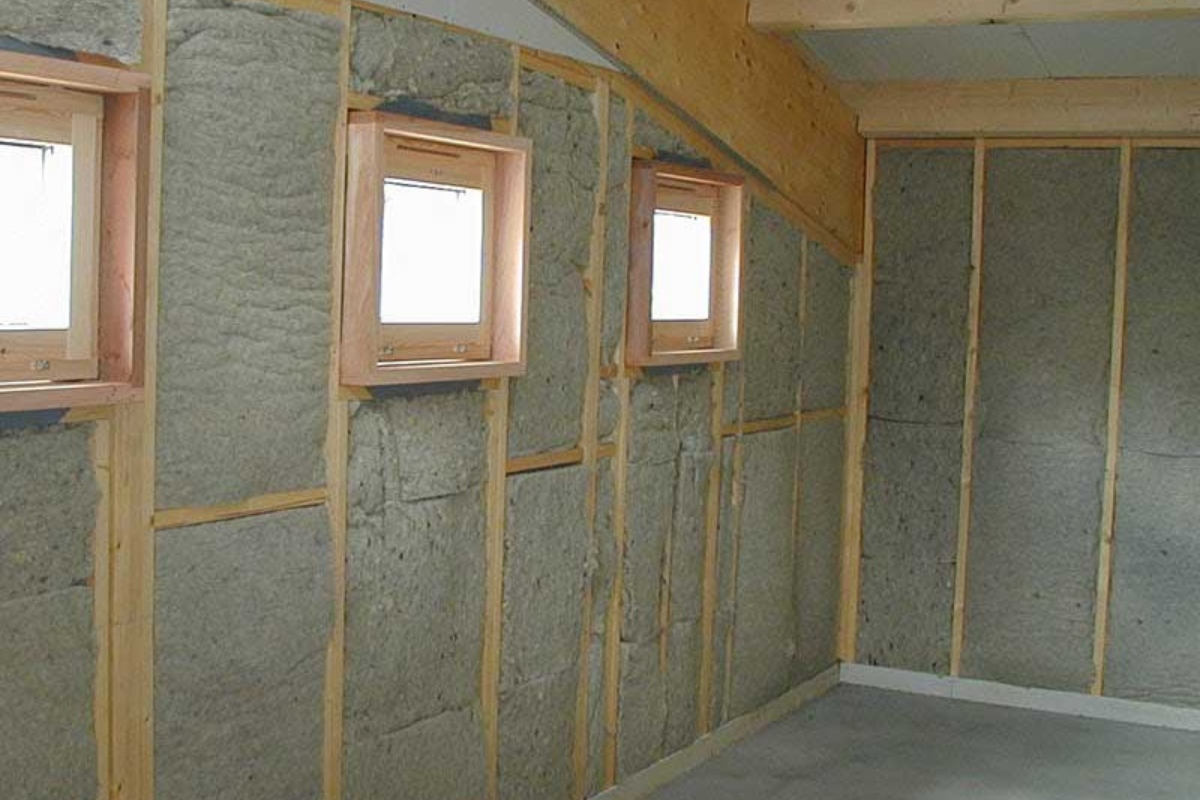
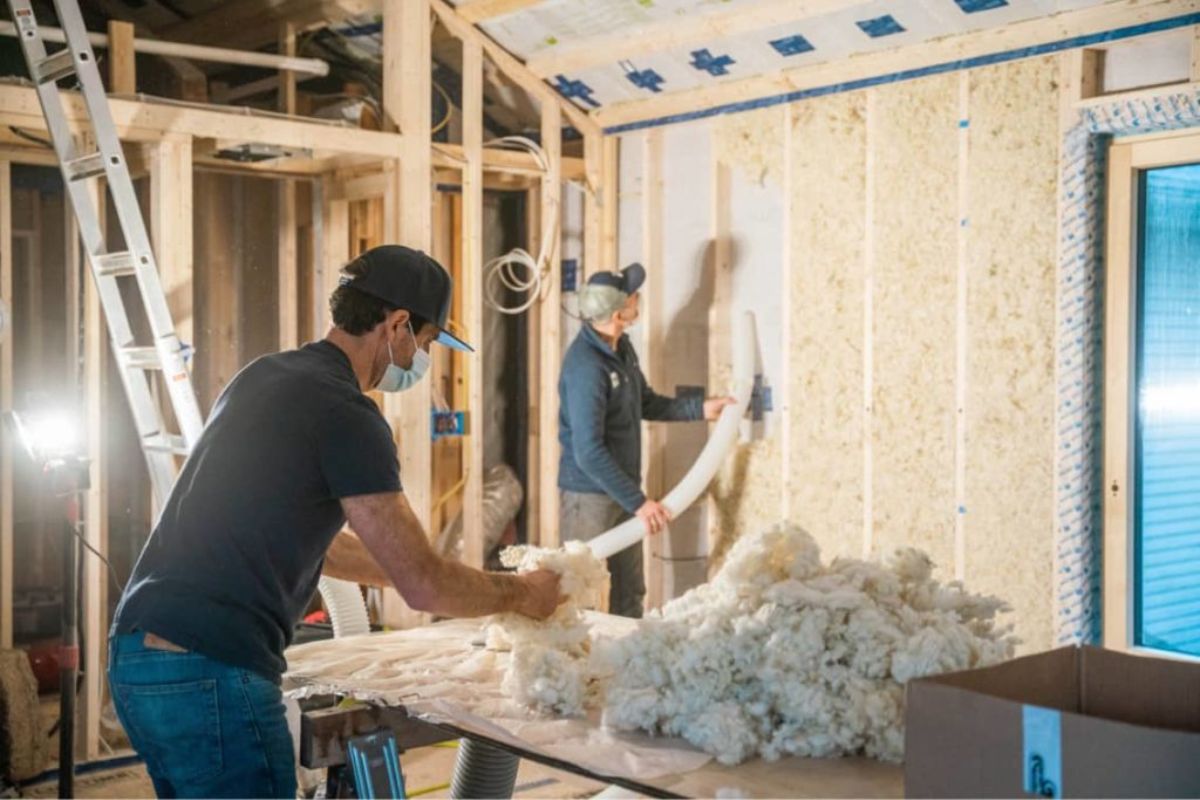
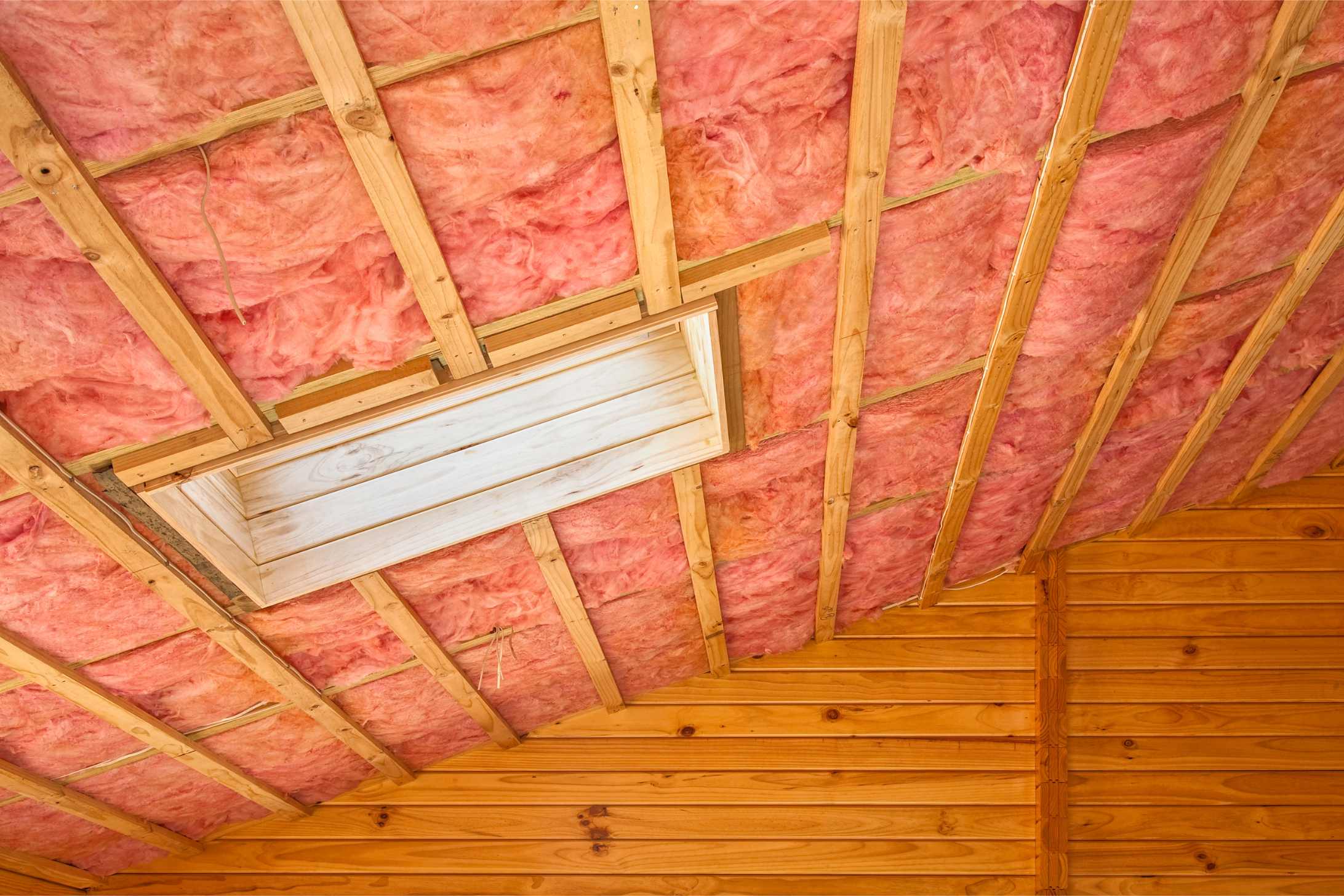
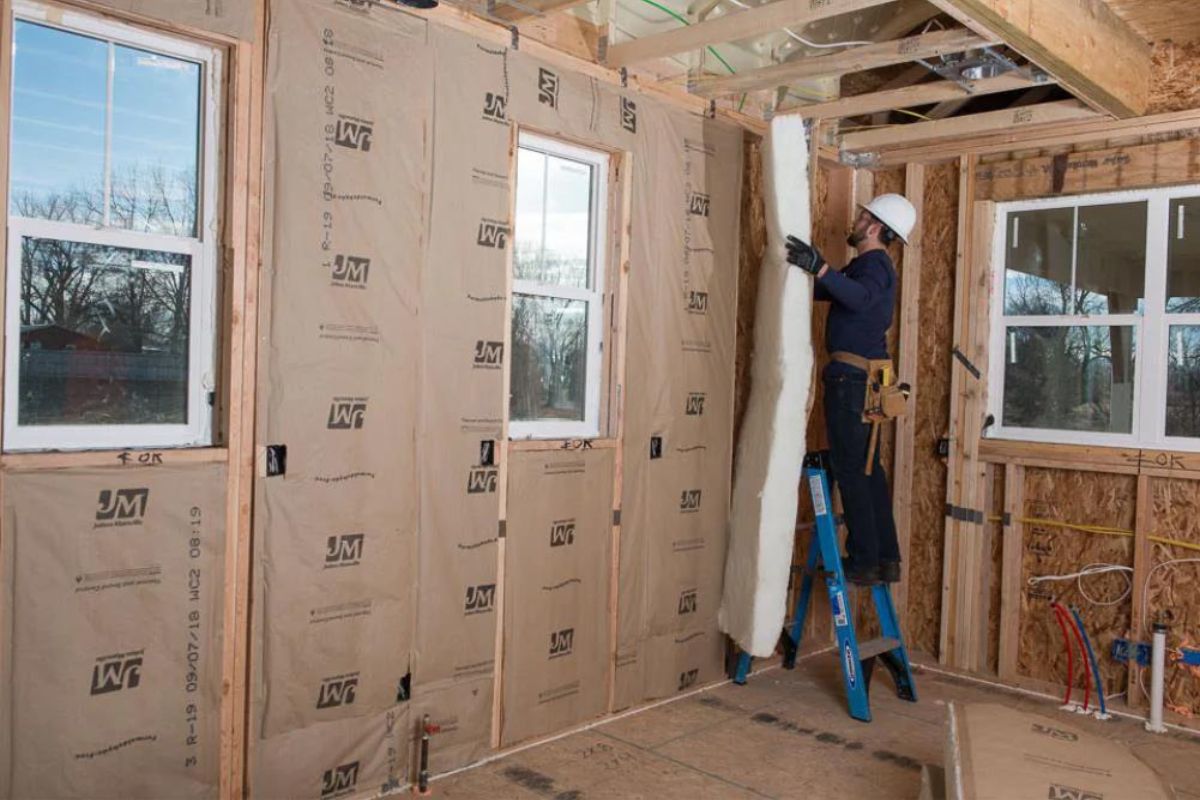
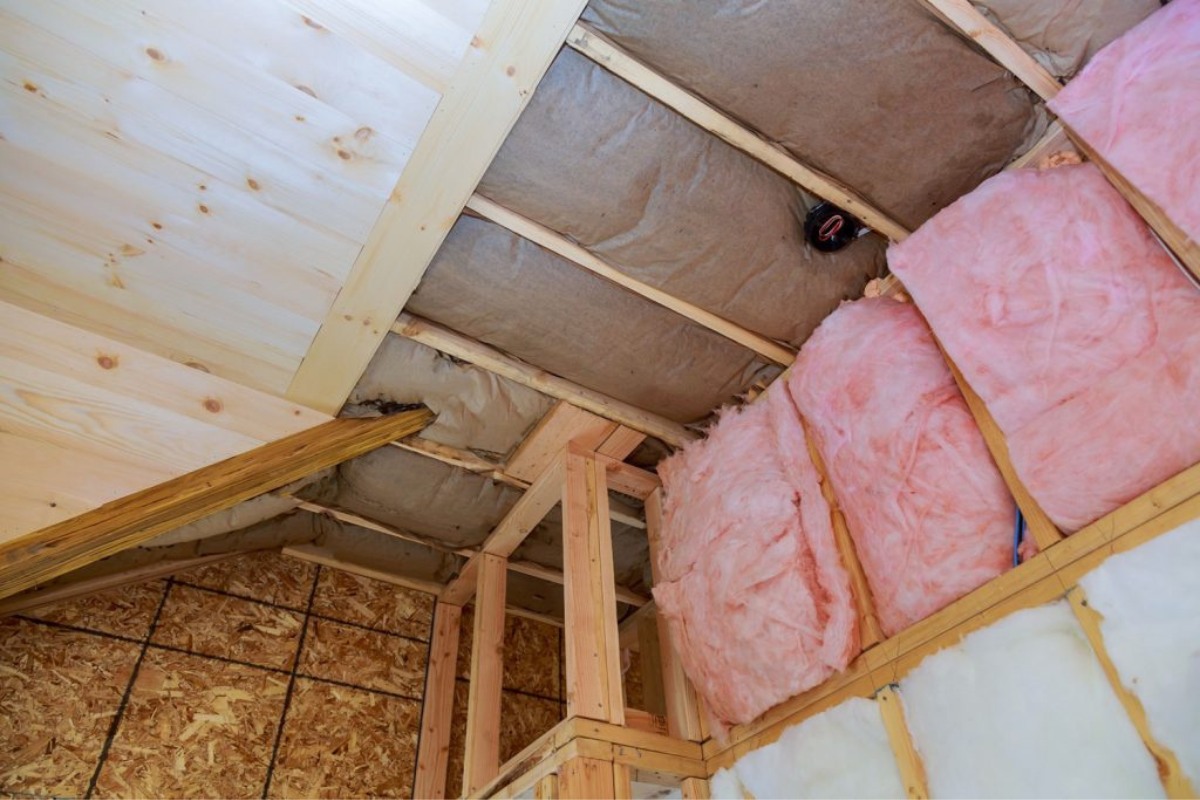
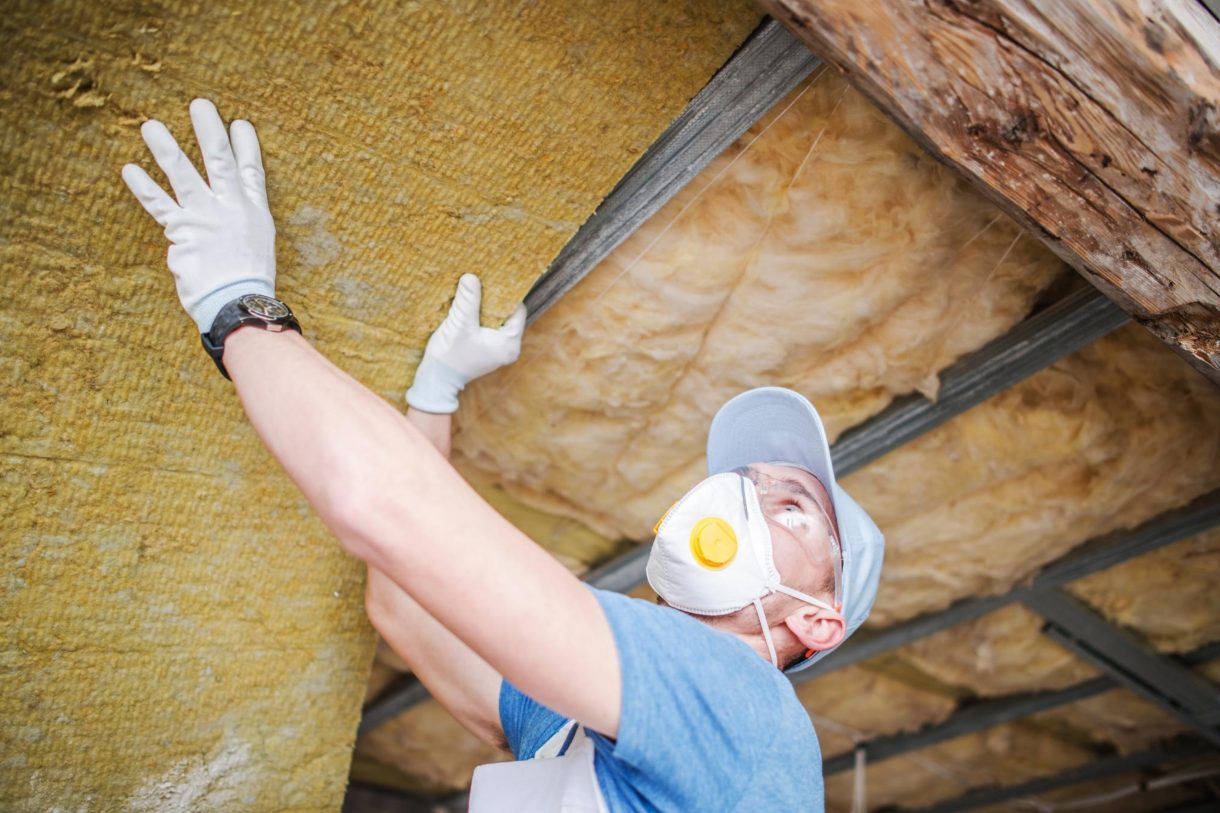
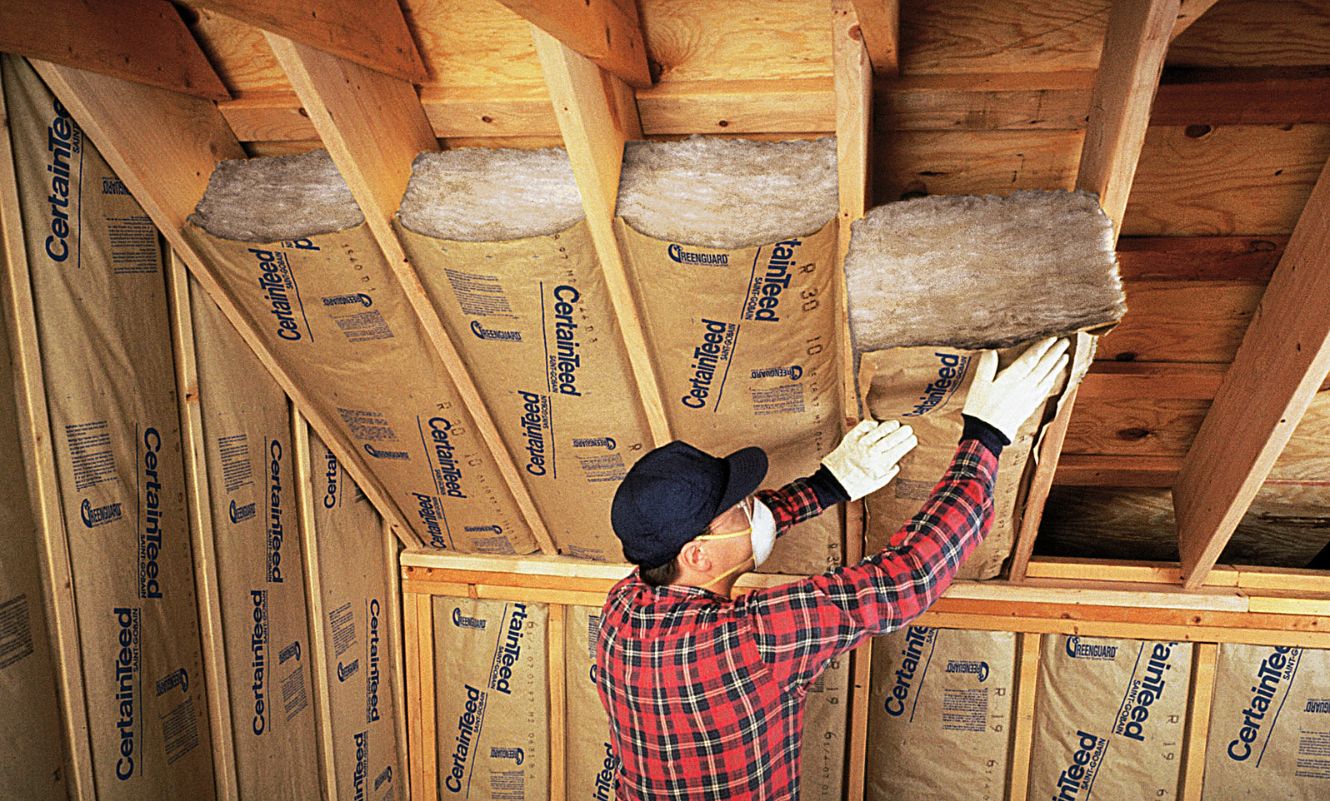
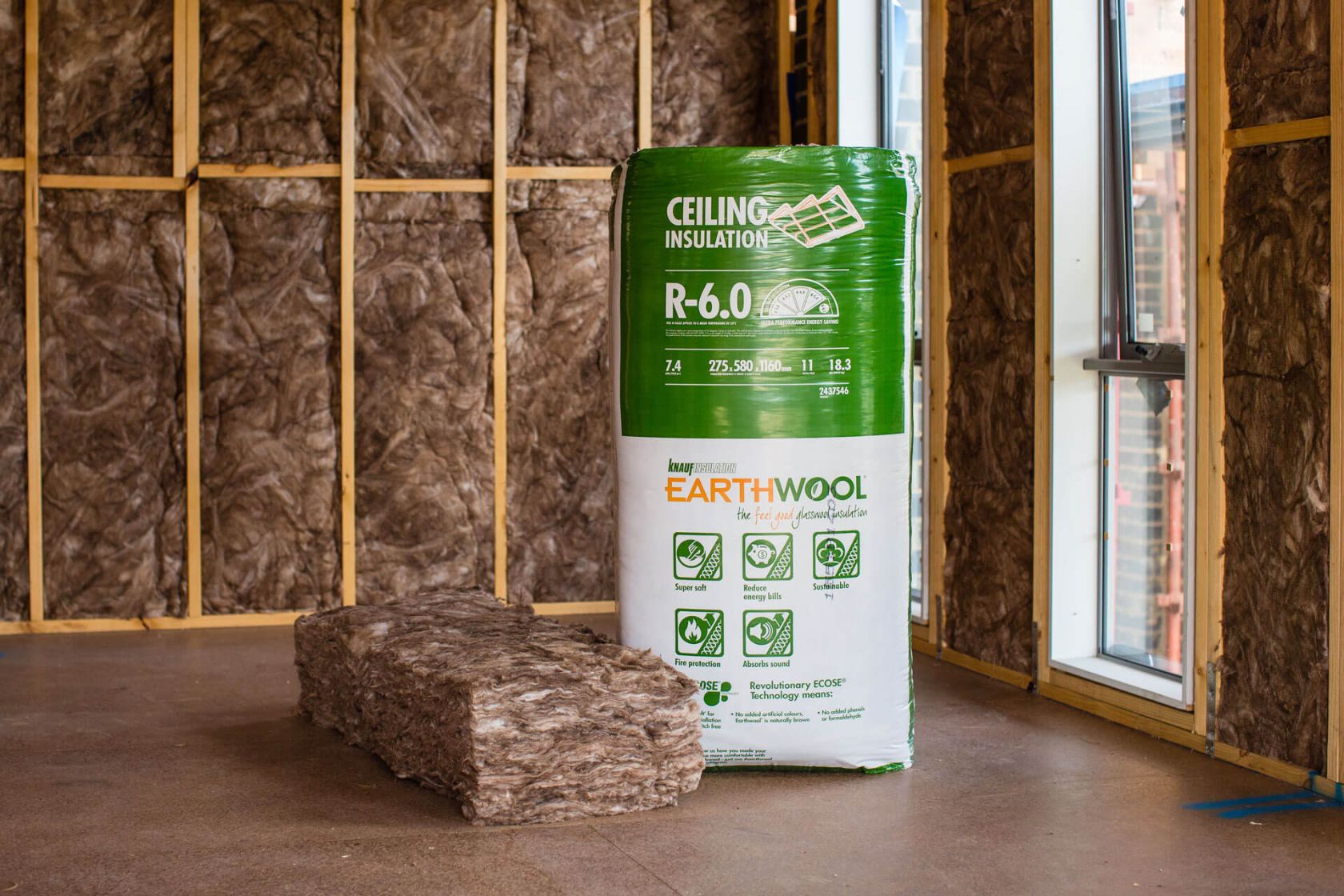
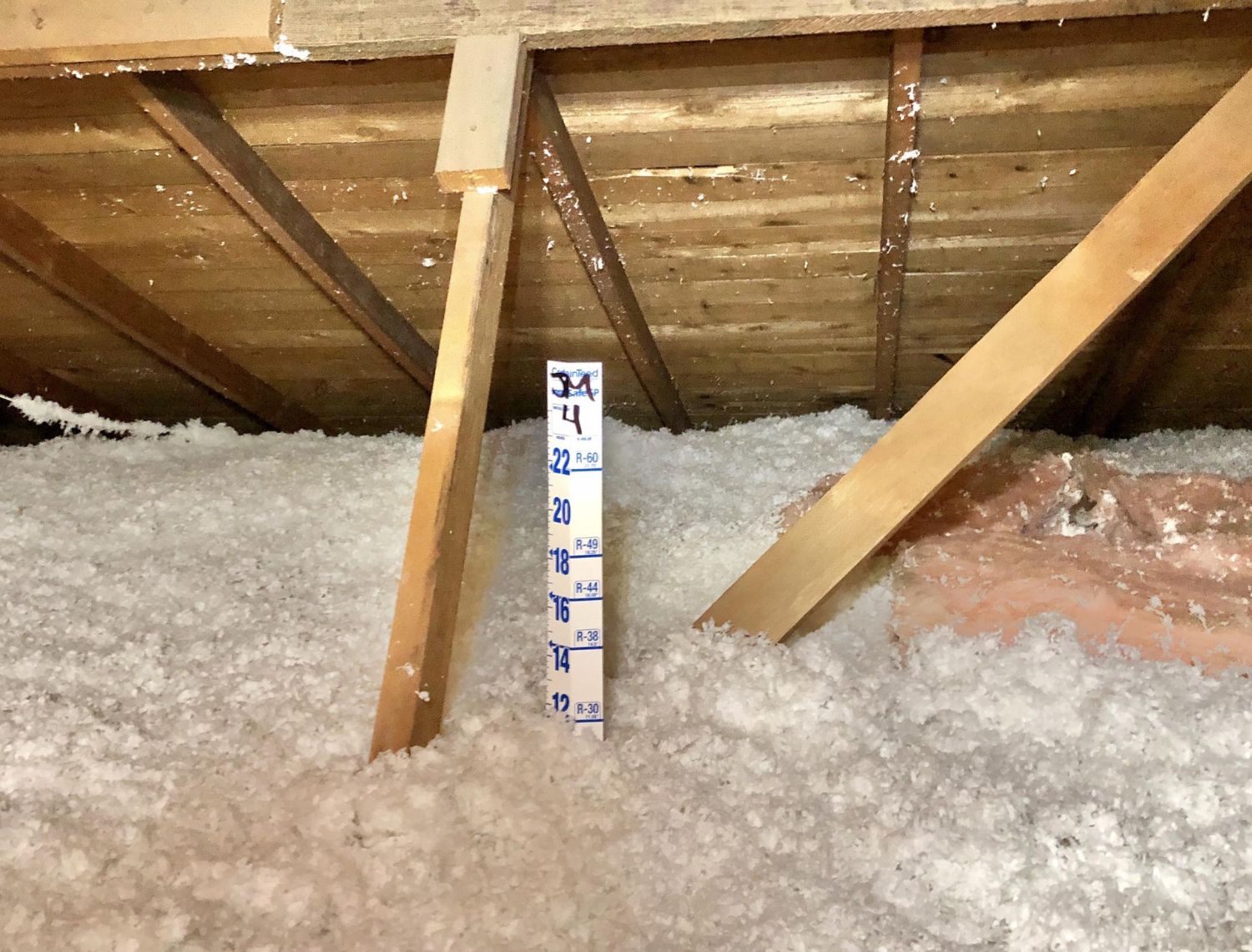
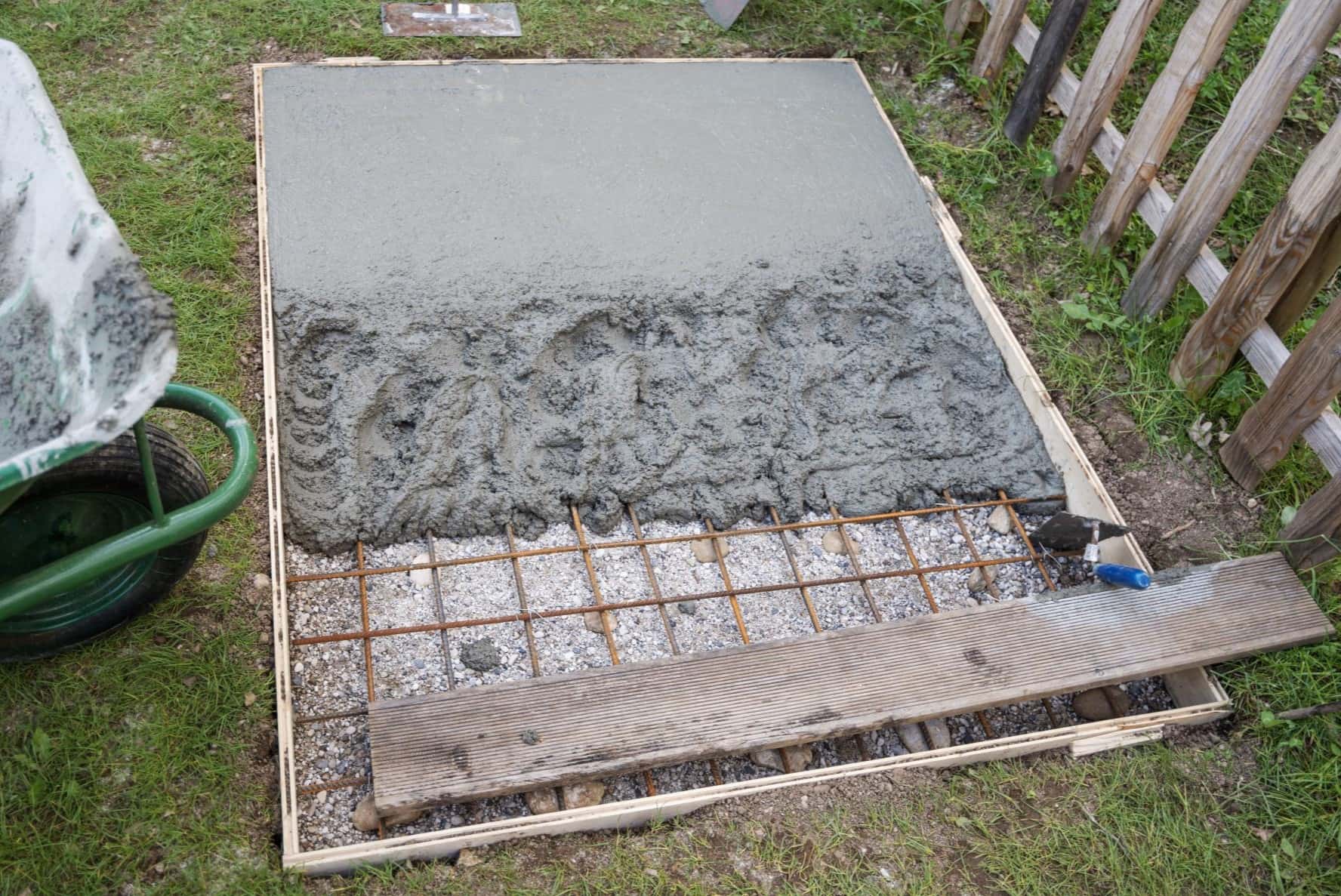
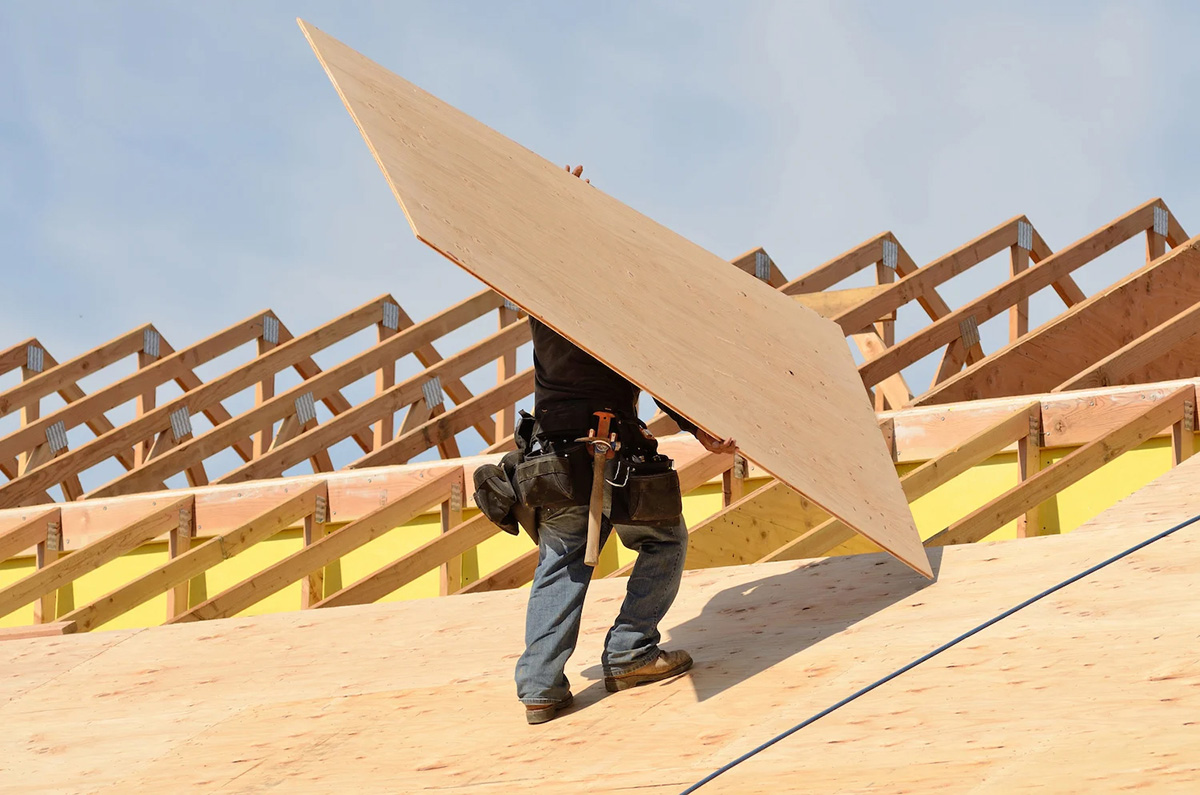


0 thoughts on “How Thick Should Insulation Be”